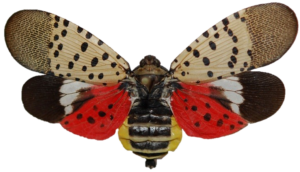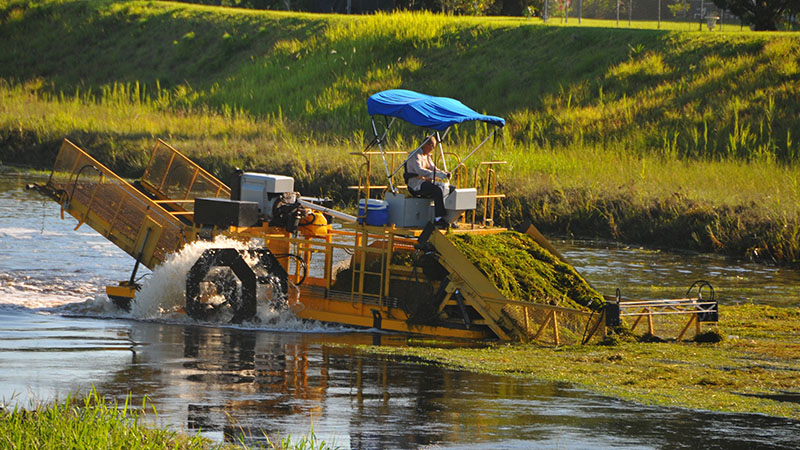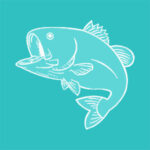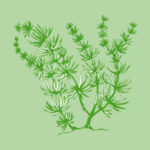REGIONAL ISSUES
INVASIVE SPECIES
Sea Grant programs in the Mid-Atlantic region work with natural resource professionals, educators, decision-makers, and communities to “Stop the Spread” of invasive species. This list is just a few of the many resources available. Click on the state listing below to learn more about invasive species in your state.
INVASIVE SPECIES SPOTLIGHT

The spotted lanternfly, which was first identified in the United States in 2014 (Berks County, PA), is native to China, Vietnam and India. This plant hopper (Family Fulgoridae) feeds on plant and tree sap, while also covering the host with a fungus. Both the lack of sap resource and the fungus can result in host death. The spotted lanternfly can also devastate agricultural crops, resulting in reduced yield and lower quality produce.

The Invasives Risk in the Mid-Atlantic
Within the Mid-Atlantic region, hundreds of species of plants, mammals, fish, mollusks, insects, and many other terrestrial and aquatic species co-exist within their native home, or habitat. These native species co-exist because their genetic make-up enables them to maintain a balance of food, shelter, and predatory hierarchy.
When a new species, one that is not native to the habitat is introduced, it is considered “non-native.” These species can, but do not always, wreak havoc. Non-native species can exist alongside native species, but each non-native species alters the ecosystem in some way.
“Invasive species” are non-native species that have detrimental impact on ecosystems and native species. Invasive species vigorously compete with native species for food and shelter resources and prey on native species. Ill-equipped to defend against the invasive predators, native species are at risk of being overtaken.
Invasive species are often spread through innocuous actions or activities like boating, fishing, land development, or the transport of firewood. Other examples include the release of aquarium pets into a local lake or waterway; planting invasive vines which quickly spread and smother native plants, trees, and habitats; or the use of insects like the Chinese praying mantis to control other pests.
No matter how they arrive, invasive terrestrial and aquatic species are hitchhiking their way throughout the Mid Atlantic region.
There are over 200 known invasive species in the Mid-Atlantic.
Sea Grant programs in the Mid-Atlantic region work with regional, state, and local resource managers, provide educational resources and technical trainings to rapidly respond and remediate invasive species outbreaks, and produce outreach materials and programs for communities and landowners, in an effort to reduce the spread and stop the invasive hitchhikers.
Invasive species are not only a threat to native species, but also to our economies. Within the Mid-Atlantic region invasive species have cost upwards of $5 billion to remediate. One example of an invasive species that has hitchhiked its way across the Mid-Atlantic region while wreaking havoc on economies is the spotted lanternfly.
INFORMATION ABOUT INVASIVE SPECIES IN:
- DELAWARE
- MARYLAND
- NEW JERSEY
- NEW YORK
- NORTH CAROLINA
- PENNSYLVANIA
- VIRGINIA
- UNITED STATES






